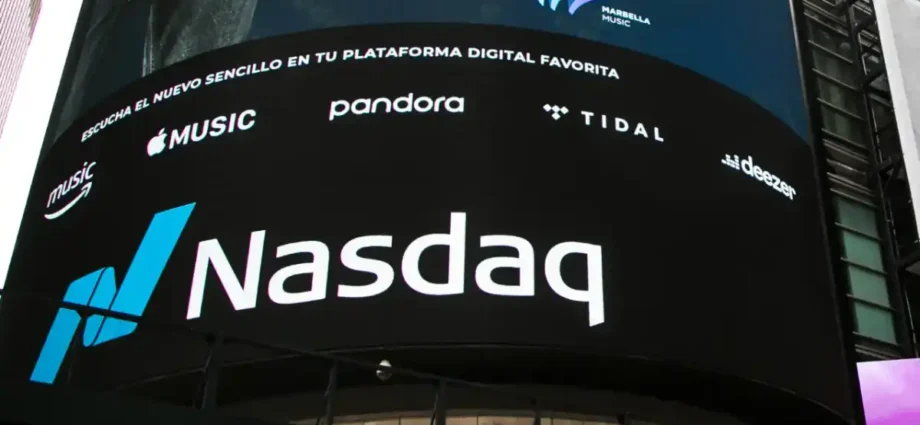Nasdaq News: U.S. stocks saw a significant decline for the second day in a row as concerns over weak jobs data intensified. The increase in nonfarm payrolls was only 114,000, less than anticipated. At 4.3%, the jobless rate approached a three-year high. The Nasdaq Composite acknowledged that the market was in correction territory.
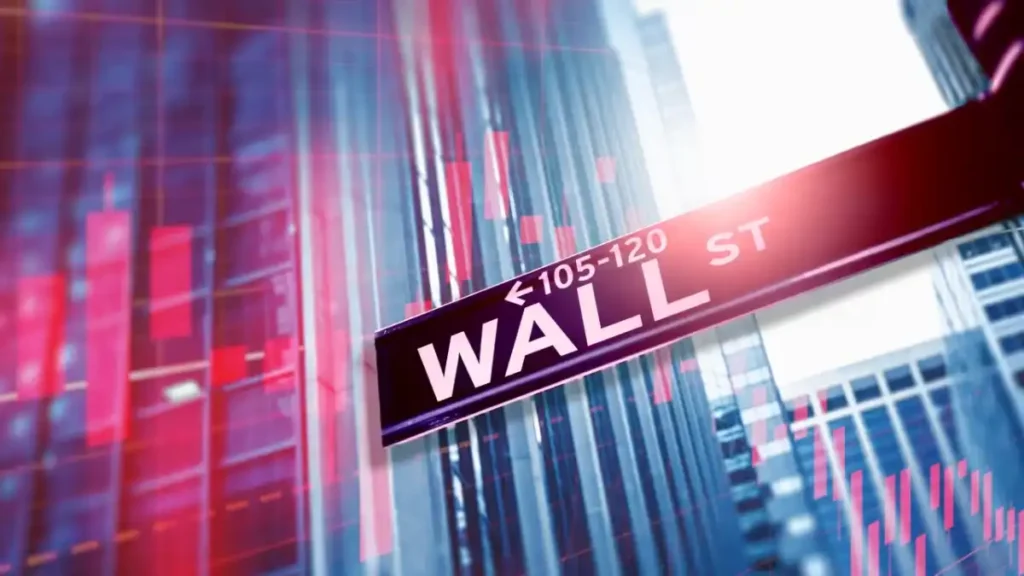
Friday saw a sell-off in US stocks for the second straight session, and the Nasdaq Composite acknowledged that the market was in correction territory following weak jobs data that heightened concerns about an impending recession.
Why does Nasdaq confirm a correction?
The Labor Department reports that nonfarm payrolls increased by 114,000 positions in the previous month. This is a substantial decrease from the minimum of 200,000 jobs that analysts say are needed to keep up with population growth and the average forecast of 175,000 jobs provided by Reuters polling economists. The US unemployment rate nearly reached a three-year high in 2024, rising to 4.3%.
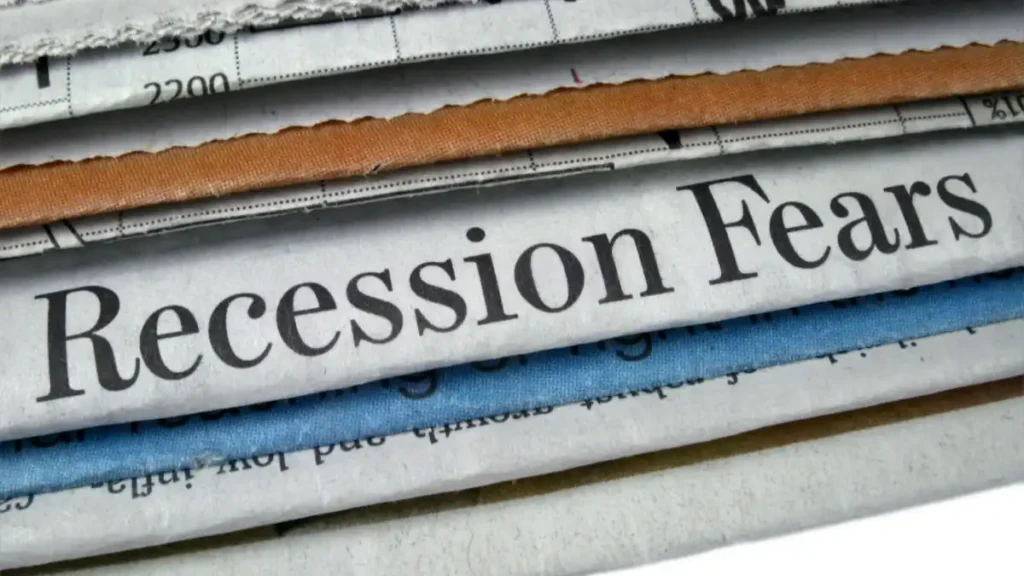
The statistics reinforced worries that the economy was contracting faster than expected and that the Federal Reserve made a mistake in maintaining interest rates during its Wednesday policy meeting.
According to CME’s FedWatch Tool, expectations for a 50 basis point (bps) rate drop at the Fed’s September meeting increased from 22% to 69.5% in the previous session.
“It’s sort of established that the Fed would reduce, and we’ve all kind of adjusted to that. The question now is more like, “Did they wait too long?” Do we anticipate a recession soon?”

In addition, the poor jobs figures set off the “Sahm Rule,” which many consider to be a historically reliable indicator of recession.
The S&P 500 share price lost 100.12 points, or 1.84%, to 5,346.56; the Nasdaq Composite lost 417.98 points, or 2.43%, to 16,776.16; and the Dow Jones Industrial Average sank 610.71 points, or 1.51%, to 39,737.26.
Which Indices saw losses?
Amazon, which fell 8.79%, and Intel, which fell 26.06% following their quarterly reports and underwhelming projections, added to the negative pressure.
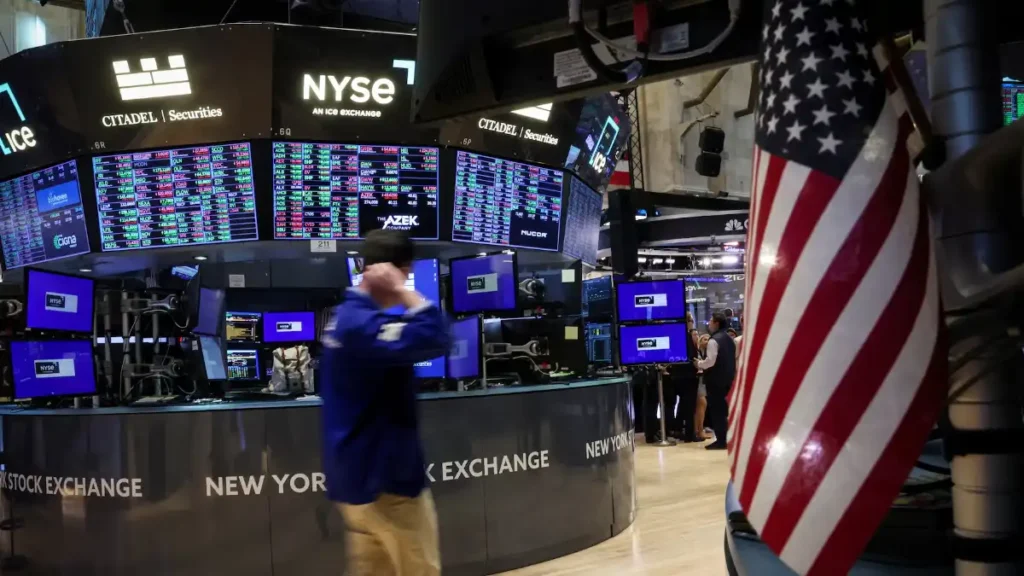
The Nasdaq Composite saw losses that sent it down more than 10% from its closing high in July, confirming that the index is in a correction as worries about high valuations in a flagging economy mounted.
The closing value of the S&P 500 index was the lowest since June 4. The blue-chip Dow and the benchmark S&P index saw their worst two-day declines since March 2023.
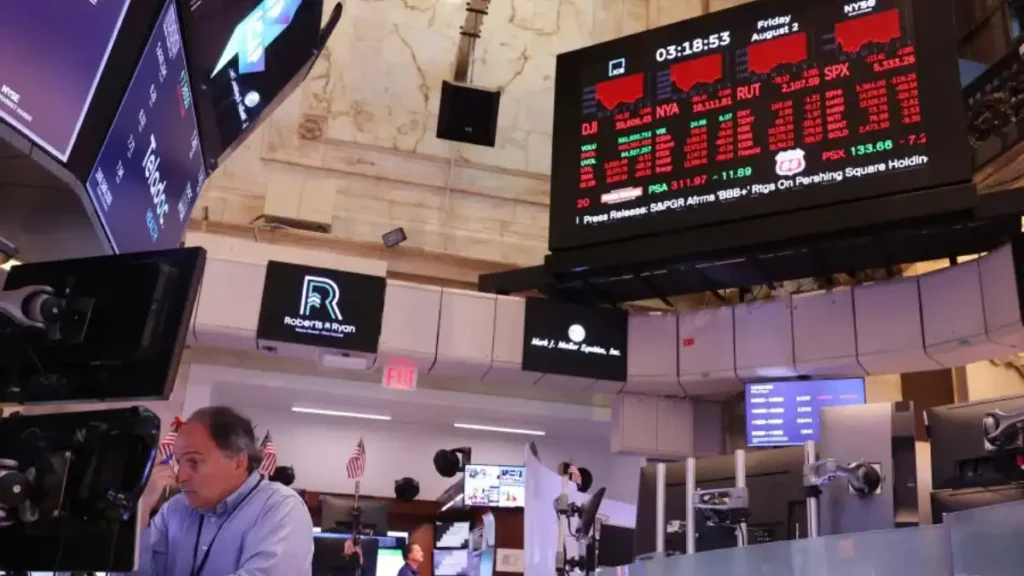
The small-cap Russell 2000 index had its largest two-day decline since June 2022 as it fell 3.52% to settle at a three-week low.
The Philadelphia SE Semiconductor Index closed at a three-month low following its largest two-day decline since March 2020, and chip stocks likewise carried on with their recent decline.
Only the Apple saw a growth
One of the few shining examples was Apple, which gained 0.69% after reporting higher-than-expected iPhone sales for the third quarter and predicting more rises, placing a bet on artificial intelligence to draw customers.
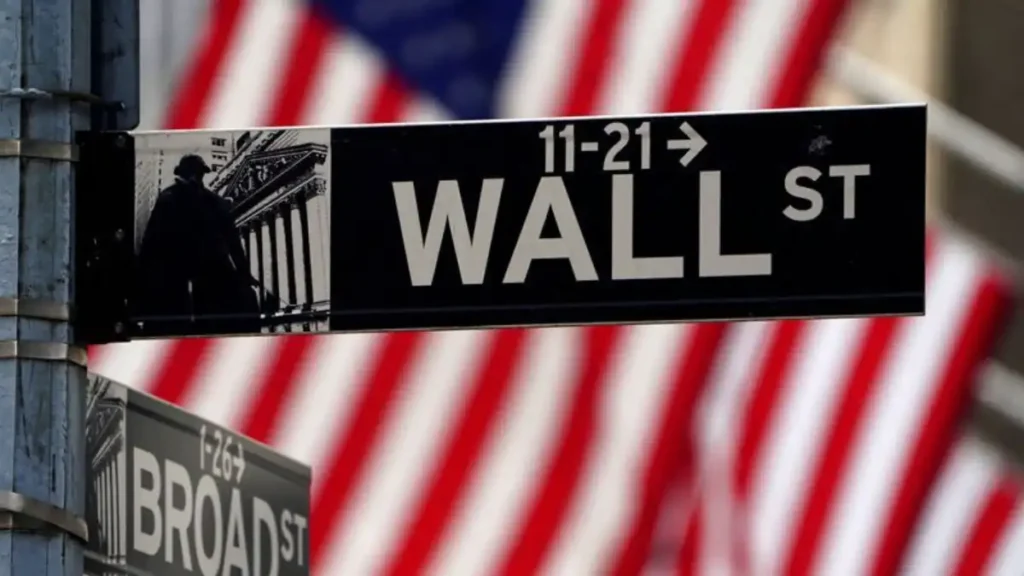
The consumer discretionary sector led drops as Amazon weighed heavily, marking its largest two-day slide since June 2022. Of the 11 major S&P 500 sectors, conservative names like consumer staples, utilities, and real estate were the only advancers.
Wall Street’s “fear gauge,” the CBOE Volatility Index, closed at 23.39 after breaking through its long-term average threshold of 20 points to reach 29.66, the highest level since March 2023.
On the NYSE, declining issues outnumbered advancers by a ratio of 2.92 to 1, while on the Nasdaq, the ratio was 4.52 to 1.
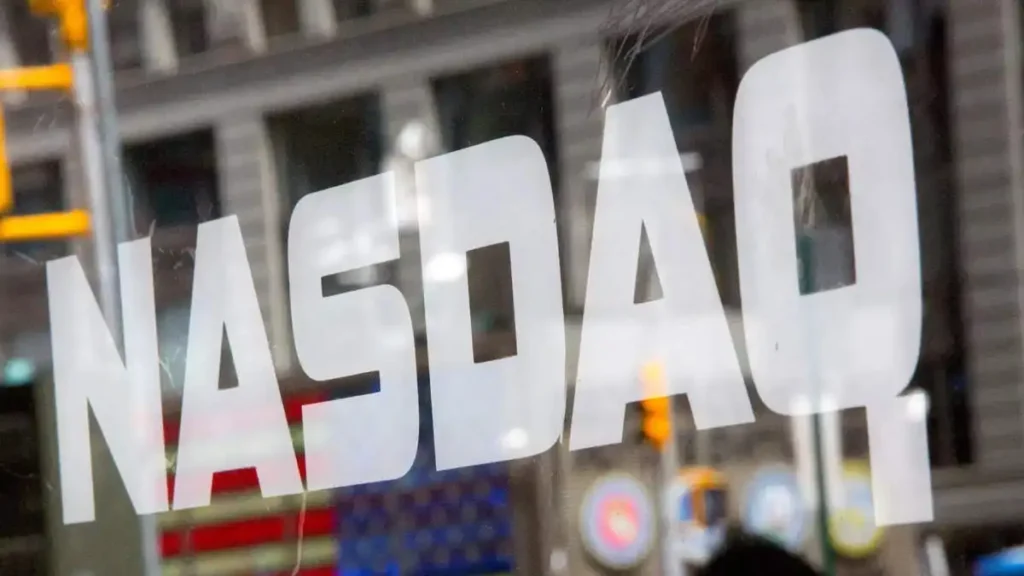
There were 62 new 52-week highs and 15 new lows for the S&P 500, and 34 new highs and 297 new lows for the Nasdaq Composite.
14.75 billion shares were traded on US exchanges throughout the full session, compared to an average of 11.97 billion for the previous 20 trading days.











